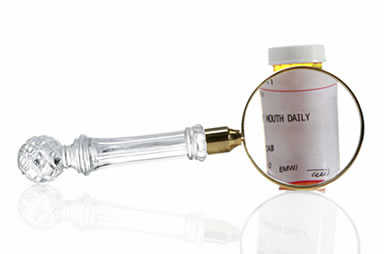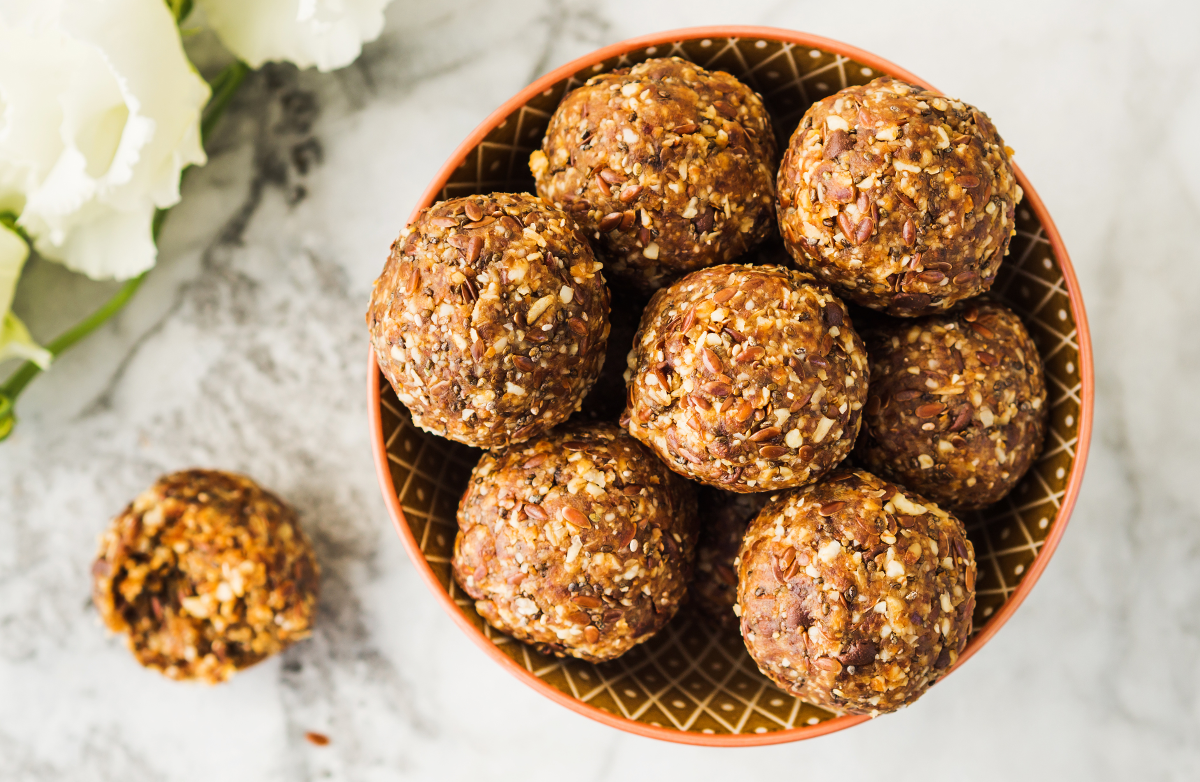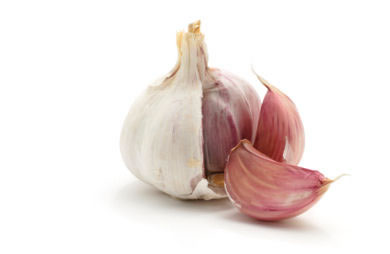If you've ever sought out healthy eating information, you have surely come across the term "plant forward" or "plant based." But in a world of trendy health and diet terms, what do those terms even mean?
The terms "plant forward" and "plant based" are not clearly defined, and both terms tend to be used interchangeably. In fact, you may also see the term "" in the mix of things. Perhaps the result of a lack of an official definition, it has come to mean different things to different people. Some define "plant based" as a diet primarily based on plants, while others use the term to define a 100 percent plant-based vegan or vegetarian diet. The consensus, though, seems to be that each term refers to a diet that prioritizes fruits and vegetables.
Whatever the true definition, people are intrigued. A report from the Plant Based Foods Association states that plant-based food sales were up 12 percent from 2017 to 2018 with more than $3.3 billion in sales.
The popularity of "plant-based" diets stems from a variety of sources. For some, the renewed interest in healthy living goes hand-in-hand with eating more greens and whole foods due to their nutrient-rich makeup. Others feel drawn to sustainability and see decreasing their dependence on meat as a good choice for the planet. And, as more companies get on board with the trend by releasing plant-based burgers, and cauliflower concoctions, curiosity causes some to investigate this new way of filling their plate.
The Benefits of Vegetarian and Vegan Diets
While the terms vegetarian and vegan are often used interchangeably, the major difference between the two is that vegans exclude animal byproducts from their diets, in addition to eliminating meat. This means no cheese, milk, eggs, honey and other animal-derived ingredients that might be used in foods, makeup and other products.
Research shows that eating a vegan diet can help reduce the risk of heart disease, Type 2 diabetes and certain forms of cancer. It has also been linked to improved diabetes management and better gut microbiome. It should be noted, however, that only 3.3 percent of American adults are vegetarian or vegan, and about 46 percent of vegetarians are vegan.
If you opt to follow a vegetarian or vegan diet, know that it's important to monitor your nutrient intake, as certain nutrients can be under consumed as a result of eliminating a whole food group. These nutrients include protein, Omega-3 fats, iron, zinc, iodine, calcium, vitamin D and vitamin B12. If you do choose to be a vegetarian or vegan, knowing where to get these nutrients is important. You can seek the guidance of a registered dietitian nutritionist to help ensure you're taking a well-balanced diet inclusive of all your nutrients.
The Benefits of Plant + Animals
If you're in the majority of the population and do include animal foods in your diet, there are certainly nutritional benefits. In a 2016 study published in the journal Nutrients found that a combination of both plant and dairy foods could help close nutrients gaps—calcium, fiber, vitamin D, potassium—that are commonly found in the U.S. The study examined the nutritional impact of three diet scenarios by doubling the intake of plant-based foods; dairy foods like milk, yogurt and cheese; and protein-rich plant-based foods like nuts, seeds, beans and peas.
When plant-based foods were doubled, participants were more likely to meet their nutritional needs for nutrients like iron, folate, magnesium and vitamins C and E. However, they were less likely to meet the nutritional needs for calcium, protein and vitamins A and D. When dairy foods were doubled from two to four servings per day, more people reached their goal for calcium, protein, magnesium and vitamins A and D. As you can see, smart meal planning and eating habits can help close nutrition gaps, which is key in thriving personally and achieving your goals.
The Bottom Line
No matter if you choose to include some, little or no animal products in your diet, there are certainly ways to be healthy no matter what you choose to put on your plate. If you do choose to include animal products in your diet, make sure your plate is balanced. One half of the plate should always include vegetables and fruit; one quarter should include starches (especially whole grains); and one quarter should include lean protein from animal or plants. Aim to take in three servings of dairy (either soy protein or cow's milk) every day, as well.
Whether you're jumping on board to be on trend or prioritizing your health by adjusting your eating habits, there's no doubt that adding more vegetables and fruits to your life is a positive change. Lucky for you, it's becoming easier than ever to find and eat delicious plant-based meals.





.jpg)







.jpg)